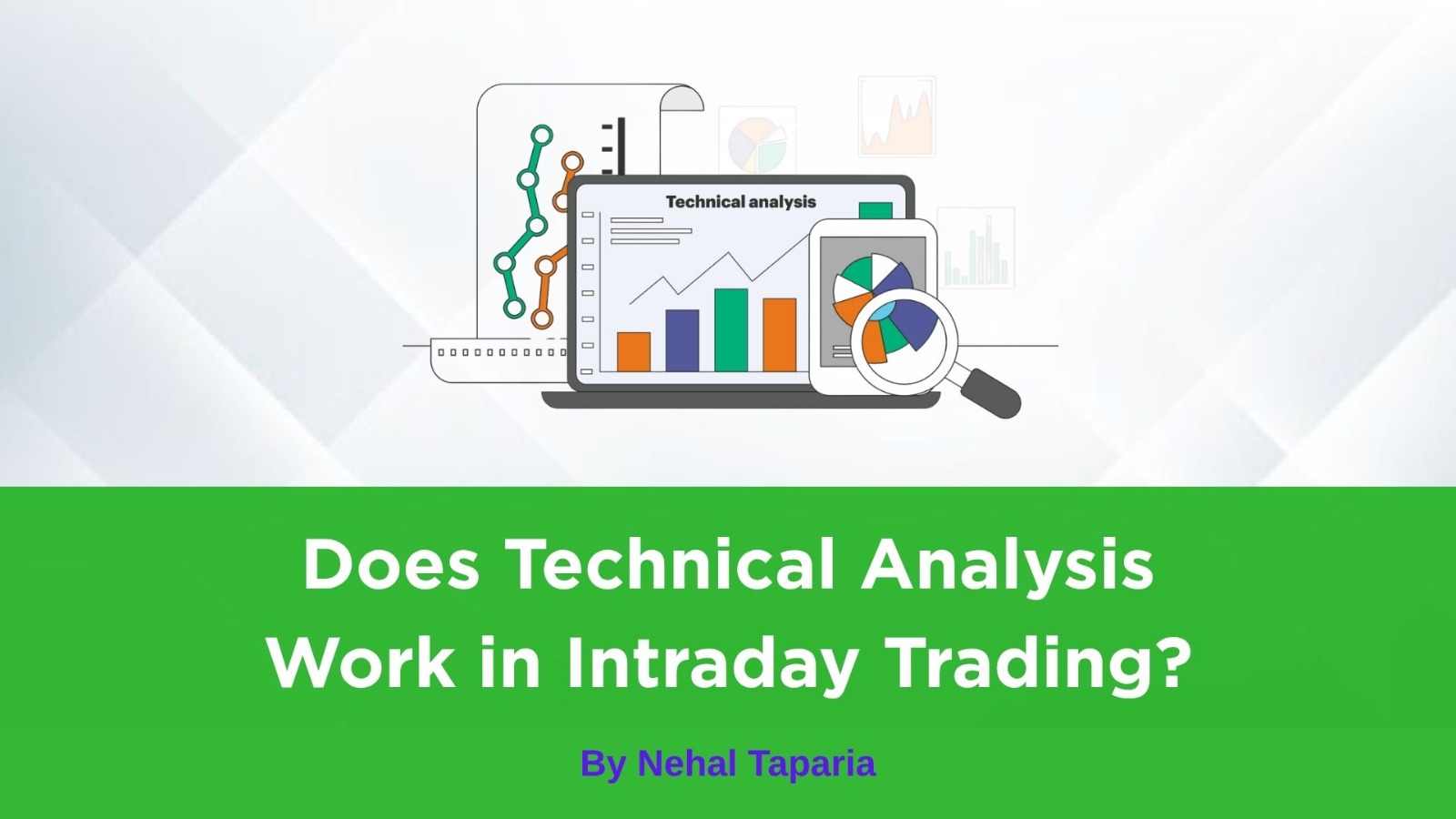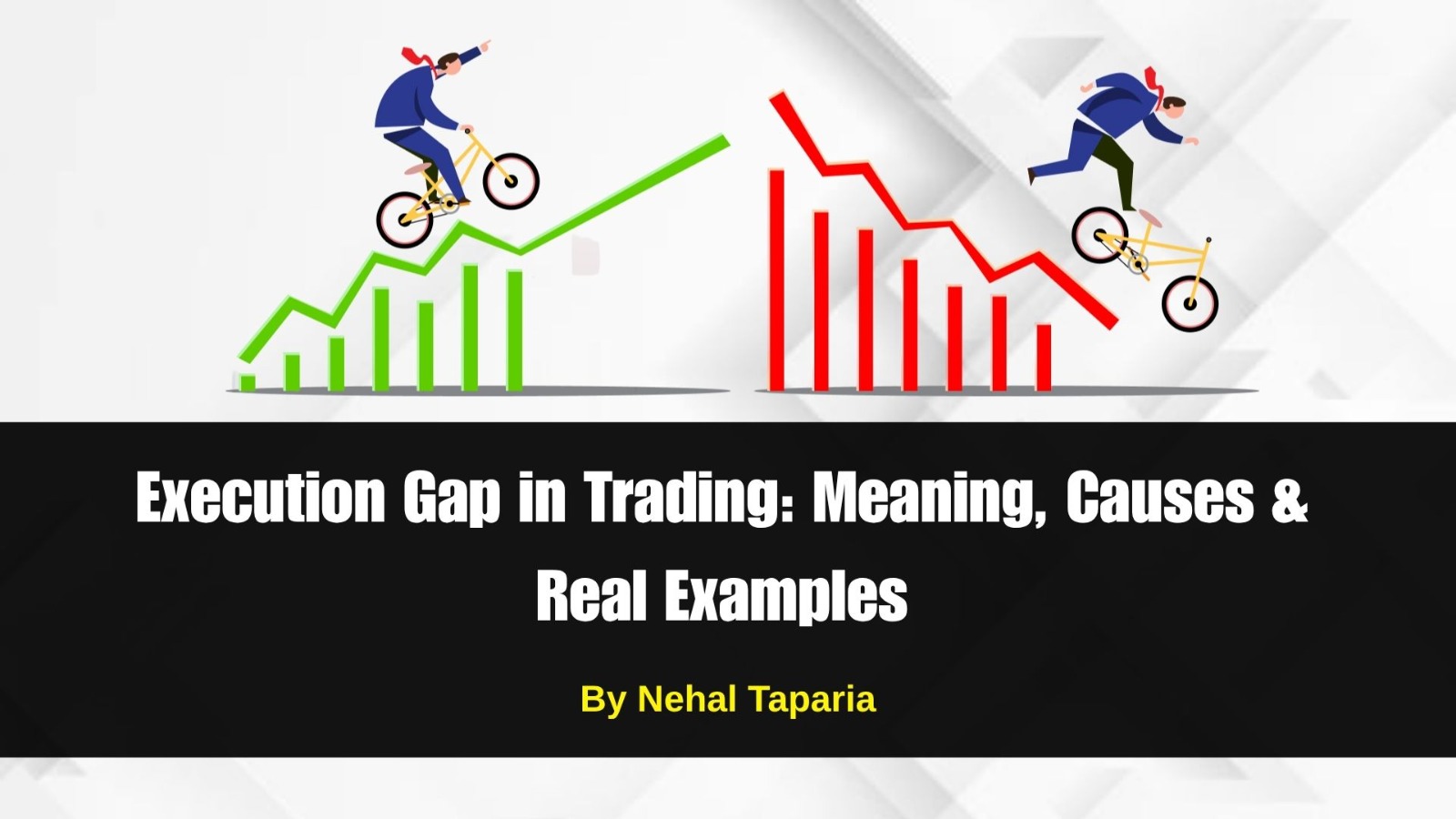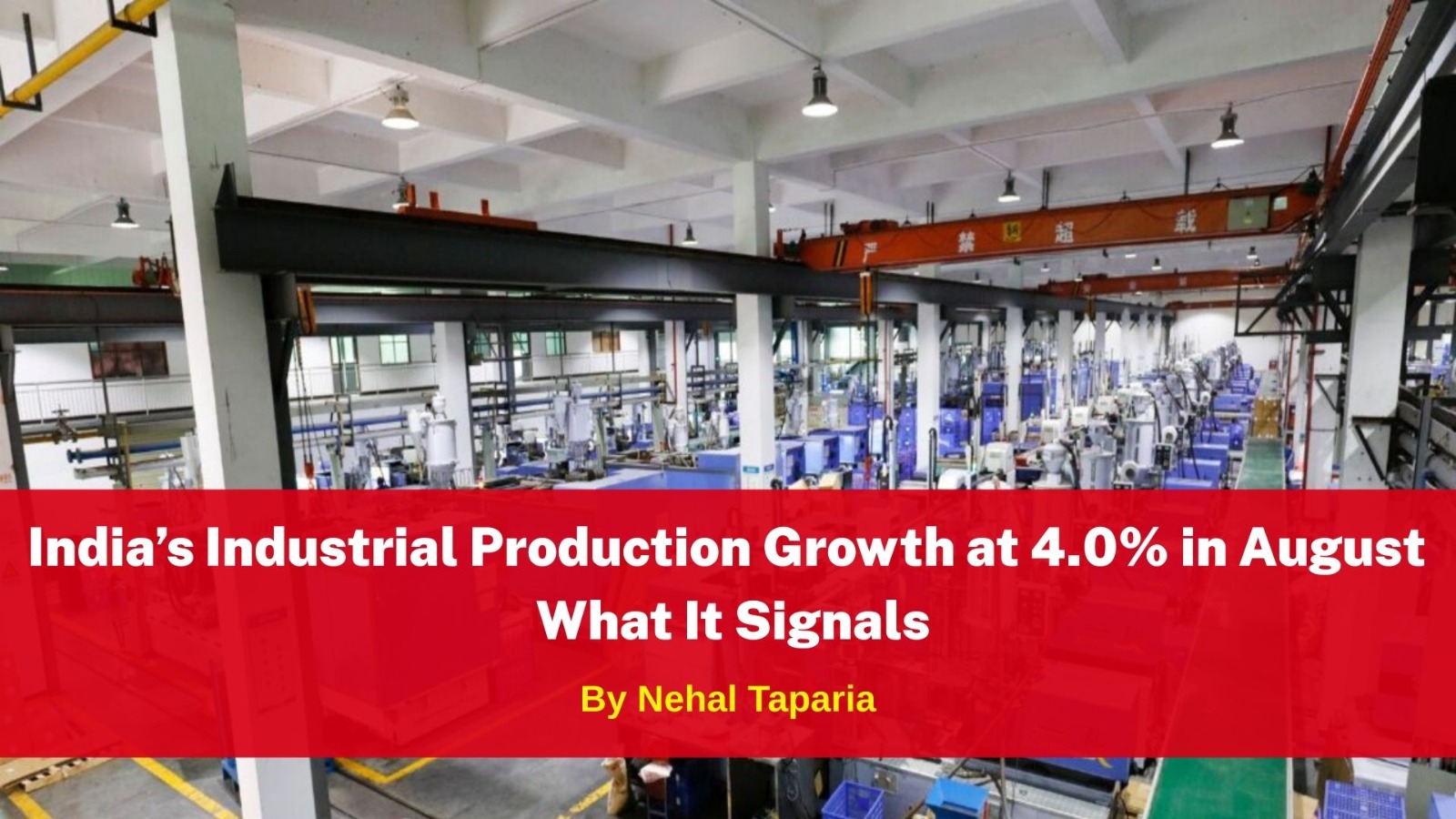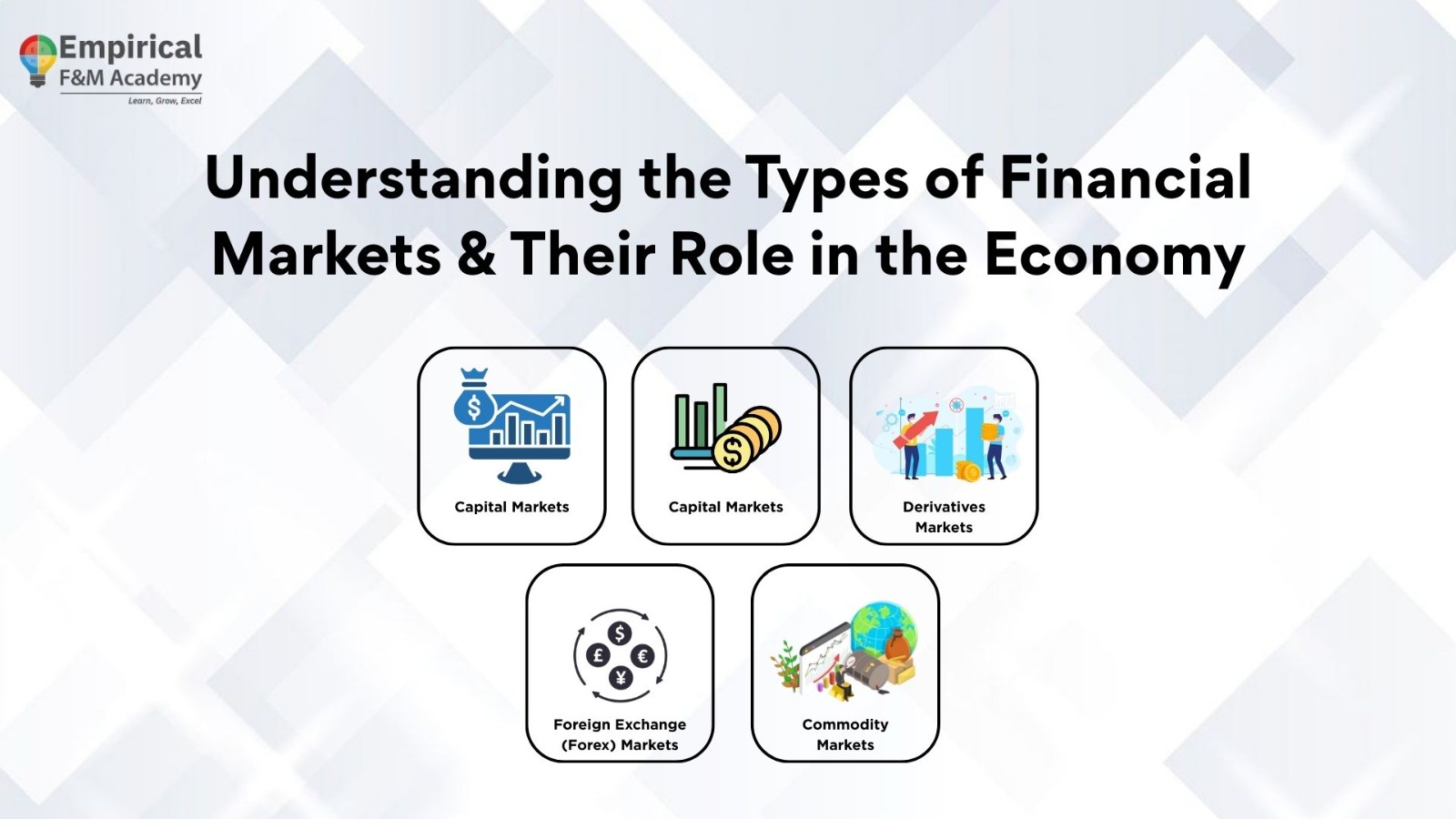RBI Holds Rates Steady — What It Signals & How Markets Might Respond
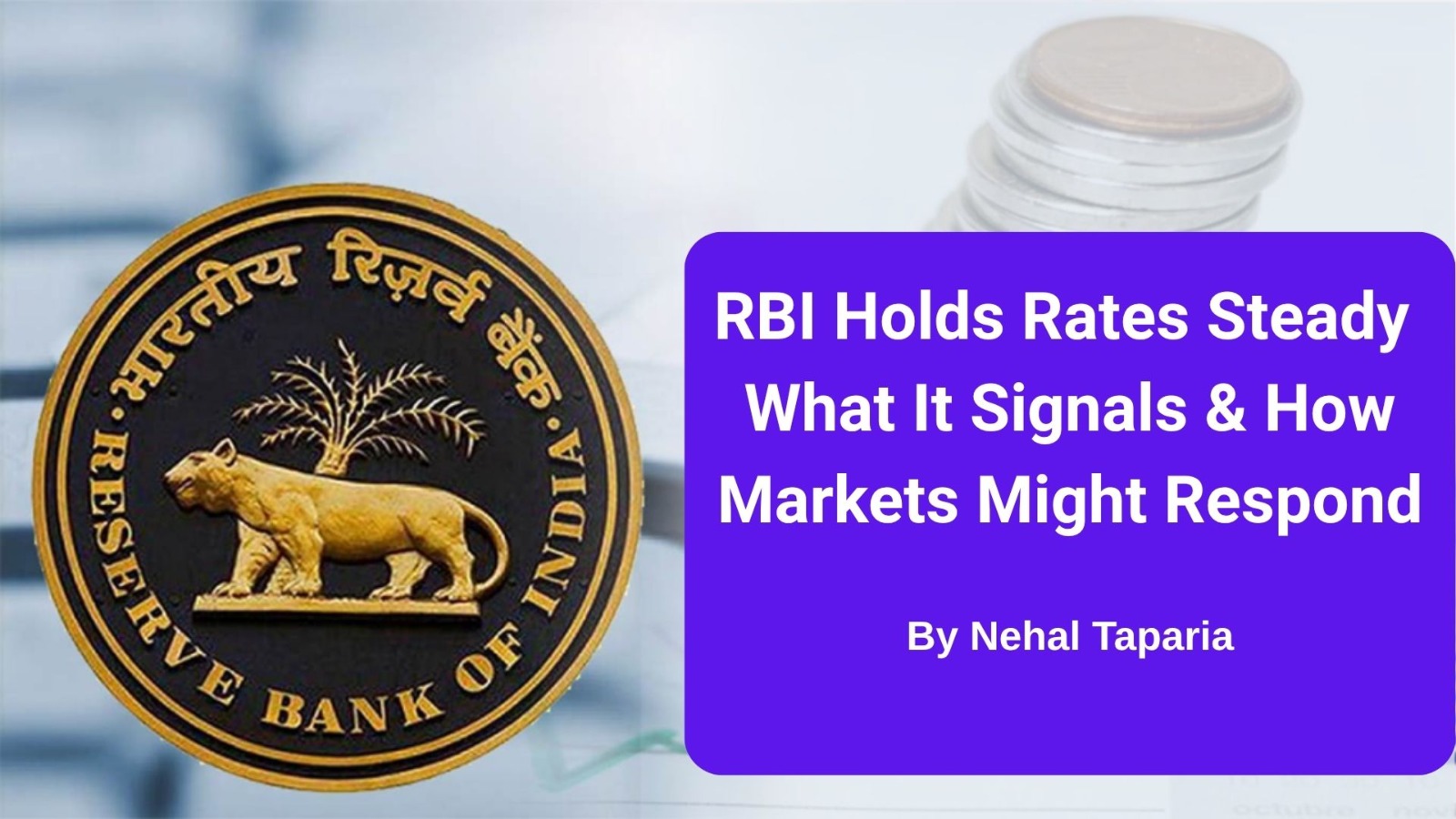
RBI Holds Rates Steady — What It Signals & How Markets Might Respond
Introduction
On October 1, 2025, the Reserve Bank of India’s Monetary Policy Committee (MPC), led by Governor Sanjay Malhotra, announced its interest rate verdict for 2025-26. Instead of cutting or hiking, the MPC opted for a status quo across key rates. The decision reflects a delicate balancing act: nurturing growth, managing inflation, and navigating external uncertainties.
This blog unpacks the key takeaways, their rationale, and how markets and sectors might respond in the months ahead.
Key Takeaways from the RBI MPC Meeting (2025-26)
Here are the major decisions & projections from the latest RBI meeting:
|
Metric |
Decision / Projection |
|
Repo Rate |
Held unchanged at 5.5% |
|
Bank Rate / MSF / SDF / LAF |
All held steady (Bank Rate at 5.75%, SDF 5.25%, etc.) |
|
Growth Outlook (Real GDP FY26) |
Retained at 6.8% |
|
Quarterly Growth Path |
Q1: 7.8% |
|
Inflation / CPI Projections |
CPI inflation for FY26: 2.6% overall; core inflation ~ 4.2%. Quarterwise: Q2 & Q3: 1.8%, Q4: 4.4% |
|
Risks Highlighted |
External demand pressures due to U.S. tariffs, geopolitical volatility, global financial market uncertainty |
|
Policy Stance |
“Wait and watch”—the MPC will evaluate data and evolving conditions before making further moves |
|
Other Notes |
The MPC pointed to ongoing structural reforms (such as GST streamlining) as offsets to external headwinds. Current account deficit is moderating (~0.2% of GDP) |
Why Did RBI Keep Rates Steady?
The decision to not change rates reflects the RBI’s assessment that the current monetary stance is appropriate for now, given the prevailing macroeconomic conditions. Several factors appear to underlie this:
Low Inflation Momentum
CPI inflation has been low and declining; in June 2025, headline inflation touched a 77-month low of ~2.1%. The RBI projects inflation will gradually move upward, but for now, it has room to remain accommodative.
Growth Support Needed
With external headwinds (tariffs, uncertain global demand), cutting rates too aggressively might undermine inflation control. By holding steady, the RBI gives more time to evaluate how the economy absorbs recent rate cuts. (Recall, it already cut the repo rate by 100 basis points over three tranches earlier in 2025.)
External & Geopolitical Risks
The RBI is clearly cautious about global spillovers—from tariff wars to commodity price volatility. A reactive stance provides flexibility.
Structural Offsets & Reforms
The RBI is banking on government reforms (e.g., GST simplification, fiscal measures) to offset external demand shocks without overburdening monetary policy.
In short: steady now, but ready to act if inflation or growth deviates significantly.
How Will This Impact the Indian Market?
The RBI’s stance will ripple across sectors, financial markets, and the broader economy. Here’s a breakdown:
1. Interest Rates & Bond Market
- Yields & Bond Prices: With rates held, the yield curve may remain stable unless surprise inflation or fiscal slippage occurs.
- Credit Market: Borrowing costs won’t jump immediately; corporate & retail loans may stay within the current range.
- Transmission Lag: Banks may already have adjusted to past rate cuts; further rate movement may be gradual.
2. Equity Markets
- Supportive Environment: The decision leans slightly dovish (no hike), which could buoy equities, especially those sensitive to interest rates (financials, realty, capital goods).
- Volatility Watch: External shocks (e.g. U.S. tariffs, commodity price swings) may introduce volatility in sectors reliant on exports or imports.
- Cyclicals vs Defensives: Cyclical sectors (auto, infra, capital goods) may benefit more if growth remains firm; defensive stocks may be safer bets in uncertainty.
3. Credit & Banking Sector
- Loan Growth: With stable rates, lending may remain moderate; banks may push credit in growth sectors but will remain cautious about risk.
- Asset Quality Risks: Export/commodity-sensitive borrowers may come under stress; lenders will need to monitor NPAs.
- Margin Pressure: If deposit rates rise faster than lending rates, net interest margins could compress.
4. Consumption & Investment
- Consumer Spending: With moderate inflation and stable rates, household spending may hold up, especially for discretionary categories.
- Corporate CapEx: Confidence is a key determinant. If tariff pressures ease or reforms show traction, investment may pick up; otherwise, companies may delay large projects.
- Infrastructure & Government Spending: Public investment will likely play a vital role to support growth, especially under external drag.
5. External Sector / Currency
- The RBI remains vigilant about currency fluctuations, given global uncertainty.
- External demand (exports) is a risk factor; if tariffs persist, export performance may lag, putting pressure on the rupee and trade balance.
- The muted current account deficit (~0.2% of GDP) provides some cushion.
Final Thoughts & Strategic Outlook
The RBI’s policy decision reflects a thoughtful calibration—neither aggressive easing nor restrictive tightening. It underscores a cautious optimism: growth is underpinned by domestic demand, but external headwinds remain real threats.
For markets, the stance is broadly positive, but not without caveats. Investors and firms must remain vigilant to macro shocks and global developments. The path forward will depend heavily on how external pressures evolve and how structural reforms are executed.
By Nehal Taparia
This content is for educational and knowledge purposes only and should not be considered as investment or Trading advice. Please consult a certified financial advisor before making any investment or trading decisions.
Our Recent FAQS
Frequently Asked Question &
Answers Here
Q1. Why didn’t the RBI cut rates further given low inflation?
Because of external uncertainties (tariffs, global volatility) and risk of fueling demand-driven inflation later. The RBI prefers a cautious stance.
Q2. Will the RBI cut rates later in FY26?
Q3. How reliable is the 6.8% GDP projection?
Q4. Could inflation surprise upward?
Q5. Which sectors should investors watch closely?
Q6. What are the major risks to this policy outlook?
Q7. How should businesses & investors position themselves?
Copyright © By Empirical F&M Academy. Design & Developed by Techno Duniya

.jpeg)
.jpeg)
.jpeg)

.jpeg)

